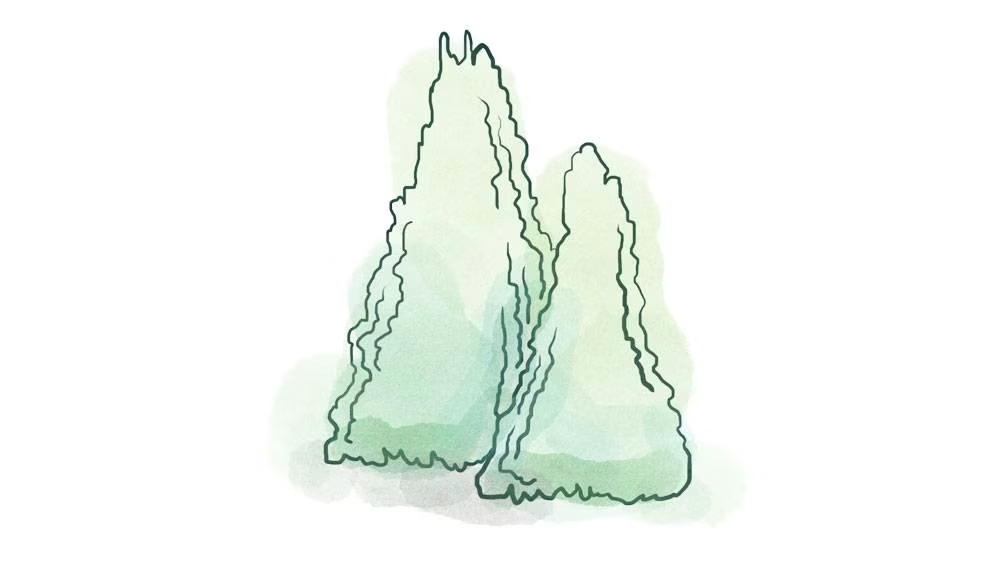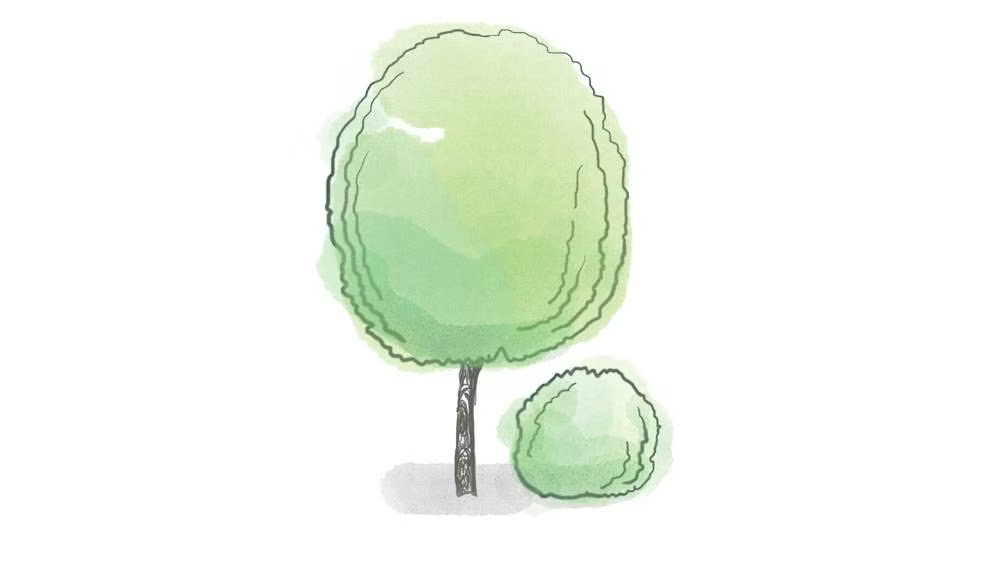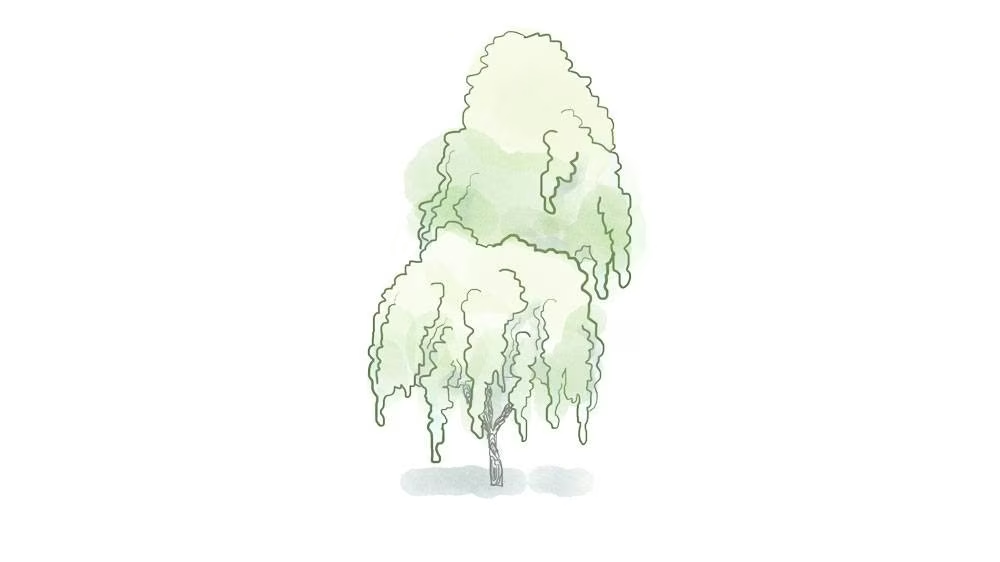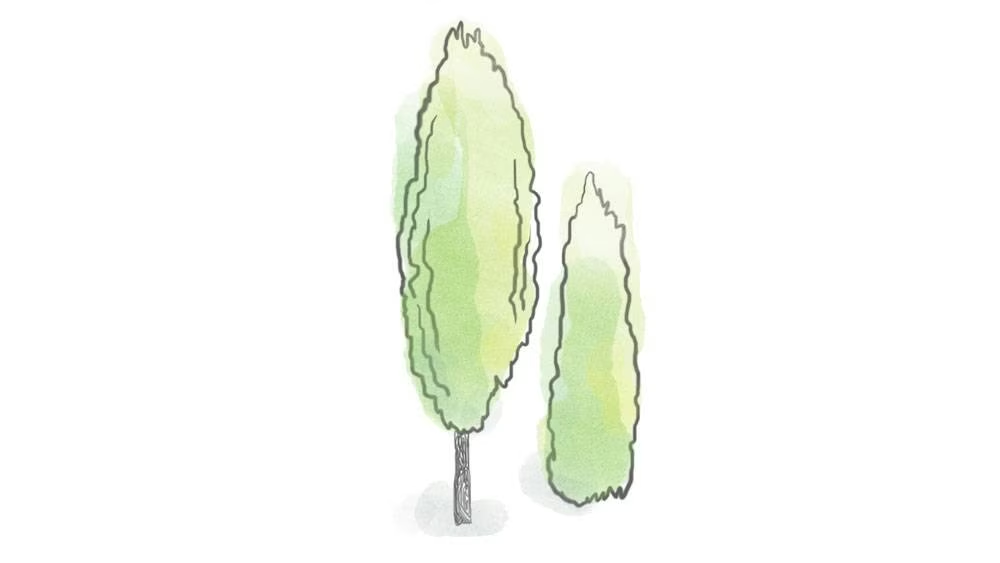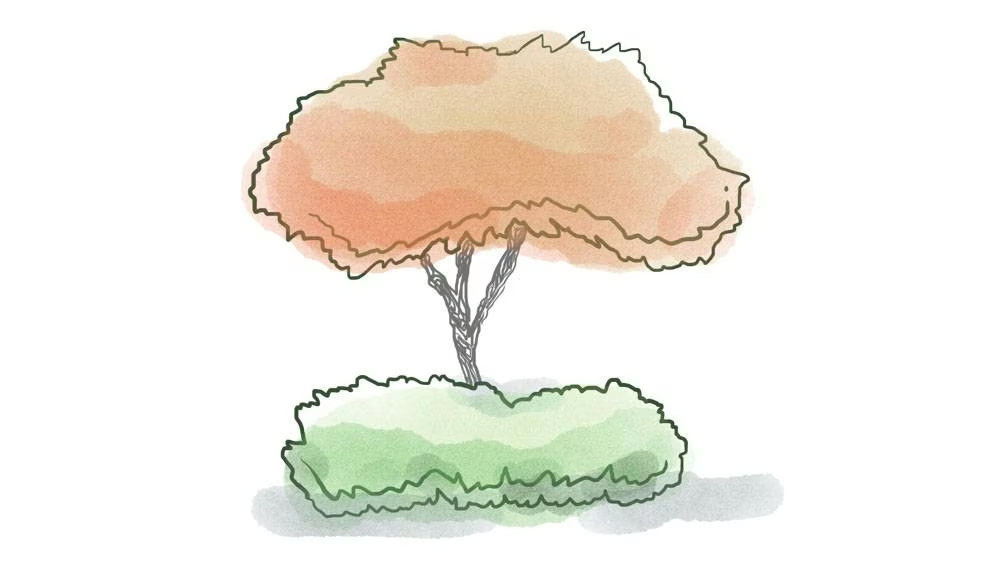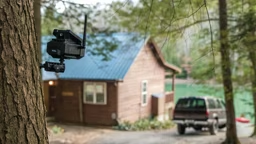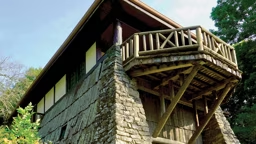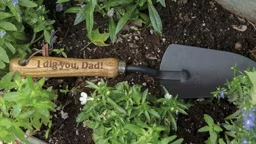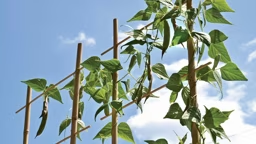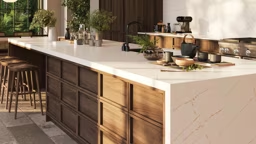
Photo by Bas Geerlings / Pexels
Transforming the blank slate of a construction site into a shipshape landscape begins with choosing plants that fit your area. But when it comes to species selection, we are trained to consider only sun, shade and maintenance needs; color appeal; and geographic compatibility (i.e., no palm trees in Maine or cacti in Minnesota). But what about height and width? These attributes are less commonly considered, but they are just as essential.
There are five main plant shapes that play a role: round, columnar, horizontal, weeping and pyramid. Creating a mix of these throughout a property prevents a landscape from looking overly manicured. That may be the aesthetic you want, but most log and timber homeowners prefer a more natural, “in the woods” appeal, and to achieve that, variety is key. Here’s what to keep in mind as you choose.
Pyramid
Plan your shade.
If you’d like to have enough shade to keep cool on a hot summer’s day, choose a tall tree species that creates a canopy, like an American sycamore or a red maple, that could support a hammock or cover a picnic area. Just make sure you keep the trees 20 to 30 feet away from your home to create a fire barrier, and, in the case of log homes, ensure the branches won’t trap moisture against the wood walls. You also should keep an eye on creating too much shade in other areas of your lawn or vegetable garden.
Aim low.
Low plants that are wider than they are tall and somewhat flat are a perfect addition to a retaining wall. Creeping juniper is a natural, low maintenance evergreen that will look good all year long, but other plants can be installed close together and groomed to achieve the same effect.
Fill in with round shapes.
These do well as background plants that can create space around smaller, more colorfulselections. These might be shrubs, but wider dwarf spruce varieties work, too.
Accentuate with pyramids or columns.
Like an arrow pointing upward, a plant such as a yew, hemlock or ginkgo draws the eye to what’s above it, which makes it a strong choice for foundation plantings.Weeping is anything but sad.
In the parts of your landscape where there are smaller flowers, benches and water features, a weeping plant, like a cherry, beech or redbud, can draw the eye downward while providing a graceful elegance to that spot.
An important thing to keep in mind: When researching the type of plants you’re considering, always find photos of mature examples. A small, flowering bush in the local greenhouse might seem sweet — until a few years later, when it’s blocking your windows or pushing your other plants out of the yard. Knowing the “grown-up” size and shape of any plant helps you provide the space it needs to mature and thrive while creating a spectacular natural complement to your log or timber home.
See also: How to Develop a Landscape Plan




